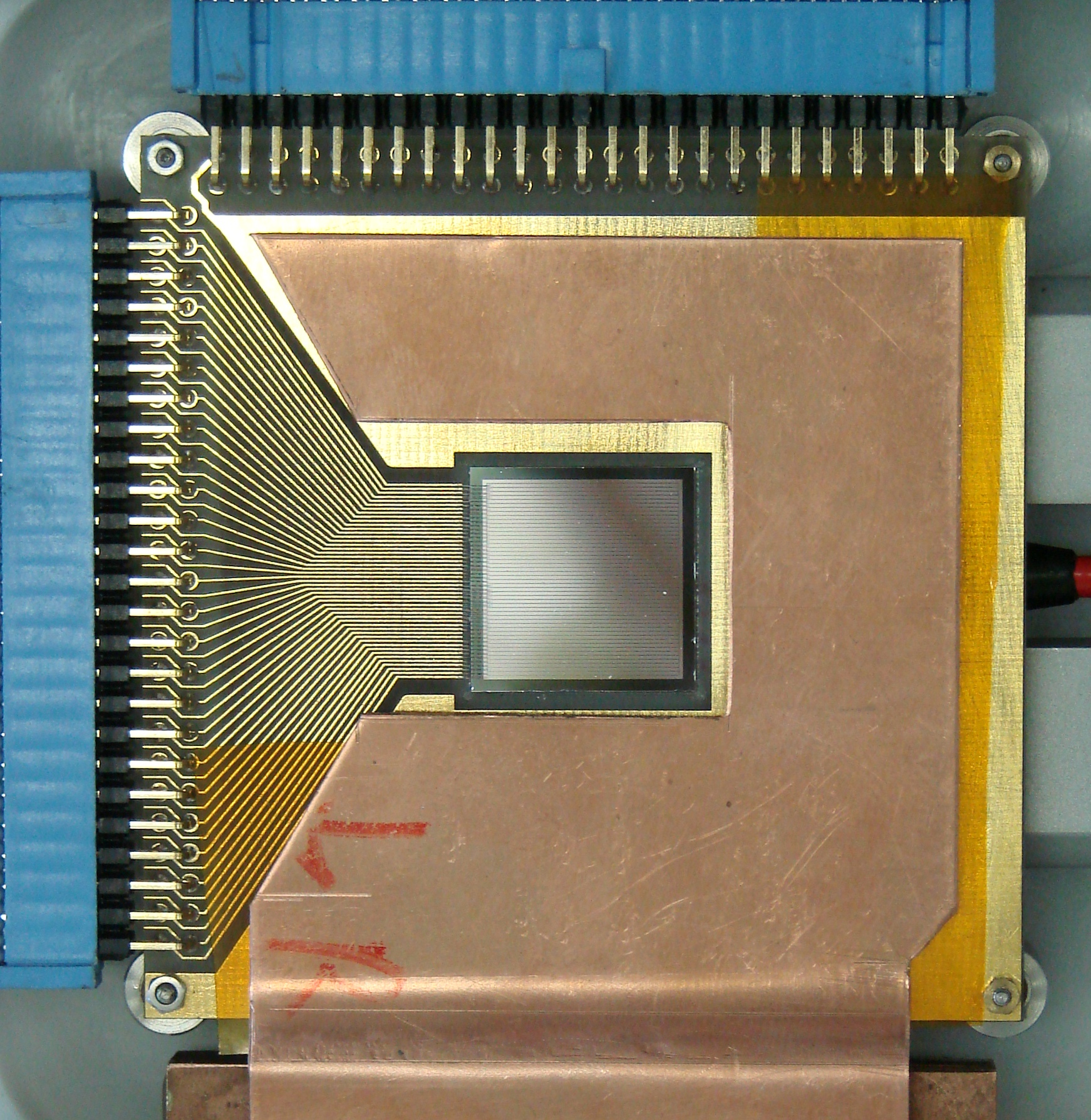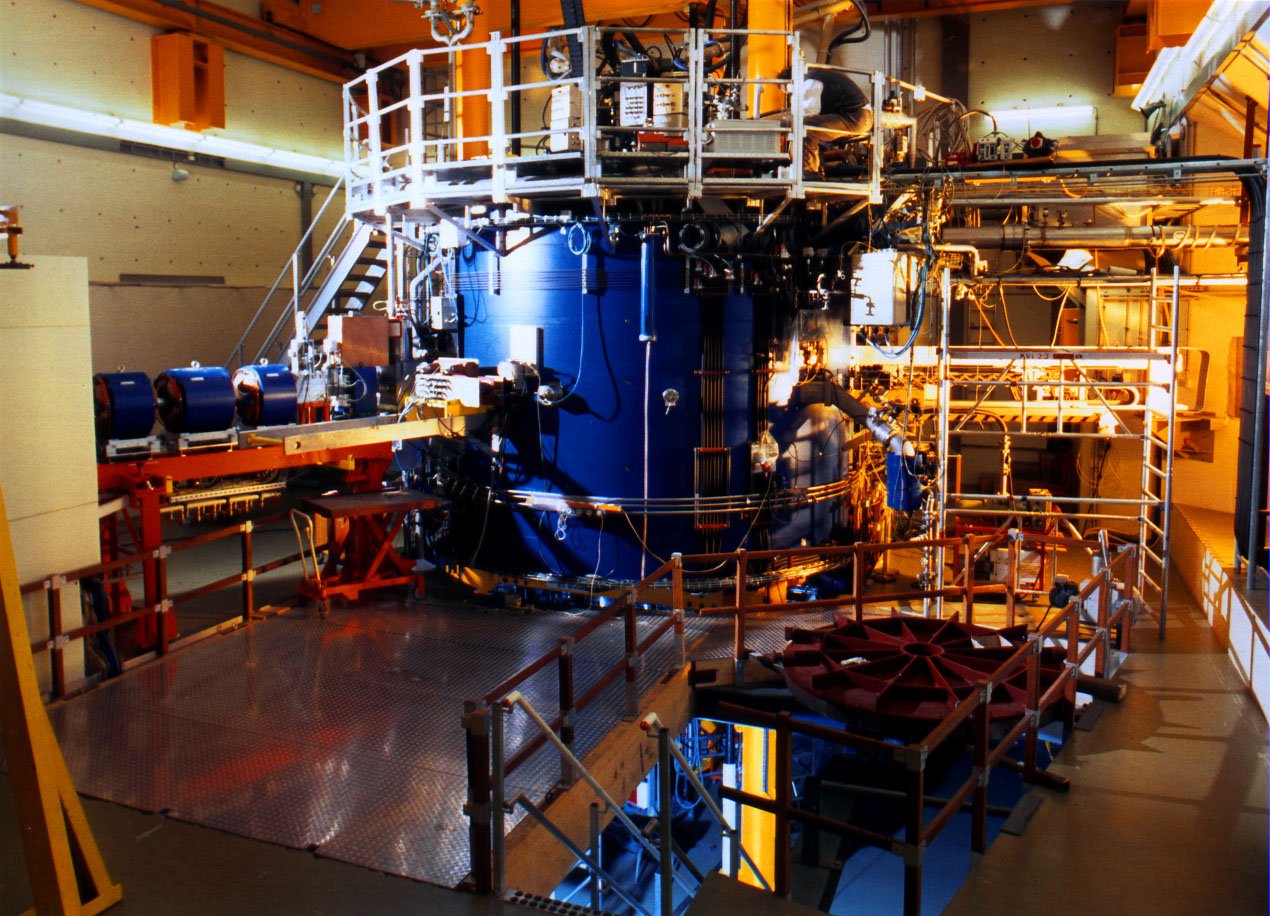Measurement of the branching ratio for beta-delayed alpha decay of 16N
Red giant stars may contain too much 16O, nuclear scientists from IFA report


There are indications that our knowledge of important processes inside red giant stars need to be adjusted, and not to any small extent. This is the conclusion from a series of experiments at a nuclear accelerator based at Kernfysisch Versneller Instituut in Groningen, the Netherlands. Behind these experiments are a group of researchers from Groningen, from Leuven in Belgium and from the Department of Physics and Astronomy at Aarhus University.
The involved persons from IFA are J. Refsgaard, O. Kirsebom, H. Fynbo and M. Lund. A link to the full article is here.
Eventually our Sun will also one day turn into a red giant star. In this type of stars an assortment of nuclear processes are in operation, and this is the cause of what we in the end perceive on Earth as starlight.
One of the most important processes is the transformation of Carbon 12 (12C) to Oxygen 16 (16O). The Carbon atoms absorb an alpha particle (the same as a 4He nucleus), but during this process a gamma ray is radiated. In order to predict precisely how Solar type stars develop, it is important to know this process in details. The Sun will develop into a red giant star and end up as a white dwarf. For larger stars the end products will be the results of a collapse of the stellar nucleus, producing a neutron star or a black hole.
Unfortunately, we are not to-day sufficiently able to measure the process of Carbon absorbing an alpha particle. The reason is the paradox that in the laboratory we cannot recreate reactions with a sufficiently low energy, simulating the conditions inside a star. Measuring these processes will require equipment more than 100 000 times more precise as what is presently available, meaning that more indirect methods are required.
A lot of the basic parameters in this process are the same or very like the ones guiding similar processes with Nitrogen. The Nitrogen nucleus 16N will decay to 16O and a beta particle, and following this the 16O decays into 12C and an alpha particle - i.e. the opposite process of what happens in stars. The transition from Oxygen to Carbon can be measured, and this is what the group of researchers have done. One catch is, though, that normally 16O is stable. Only if 16O is in an exited state, the process will occur, and luckily the decay of 16N produces such an exited 16O nucleus, explaining why the researchers are studying this very process.
A beam of 16N nuclei are being directed from the accelerator at a thin slice of silicon. Here they are stopped, and their radioactive decay into 16O is measured.
Results from a total of 54 hours of experiments show that the activity of this stellar process; Carbon 12 transformed into Oxygen 16 is around 10% higher than previously known. Far more Oxygen is produced than present astrophysical models expect.
The team of researchers is very aware that this result is highly unexpected, and at the end of the paper they suggest that the experiment should be duplicated by others.
If the results hold up for a closer scrutiny, production of heavy elements such as Aluminium, Titanium and Iron in red giant stars is affected. A larger percentage of Iron in the nuclei of heavy stars will cause a relatively larger number of black holes than neutron stars to be produced by the final collapse of a star into a supernova. In another type of supernova, a changed relative abundance of C and O might mean that we have to revise our ideas of the very size of the Universe. Type Ia supernovae are used as standard candles for distance measurements, and if they show up to be radiating brighter or fainter in shorter or longer time than generally accepted to-day, we have to adapt our yardsticks. Having to change these basic concepts as a consequence of the discovery from these Aarhus based researchers will have to await further research, though.
